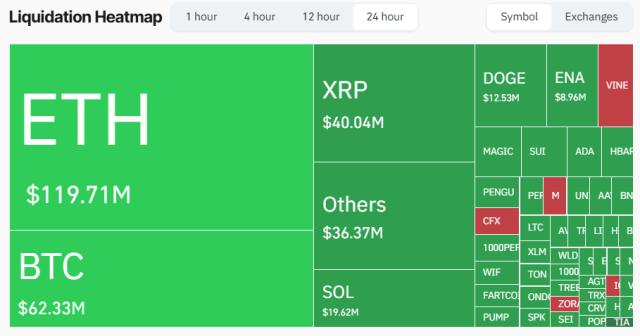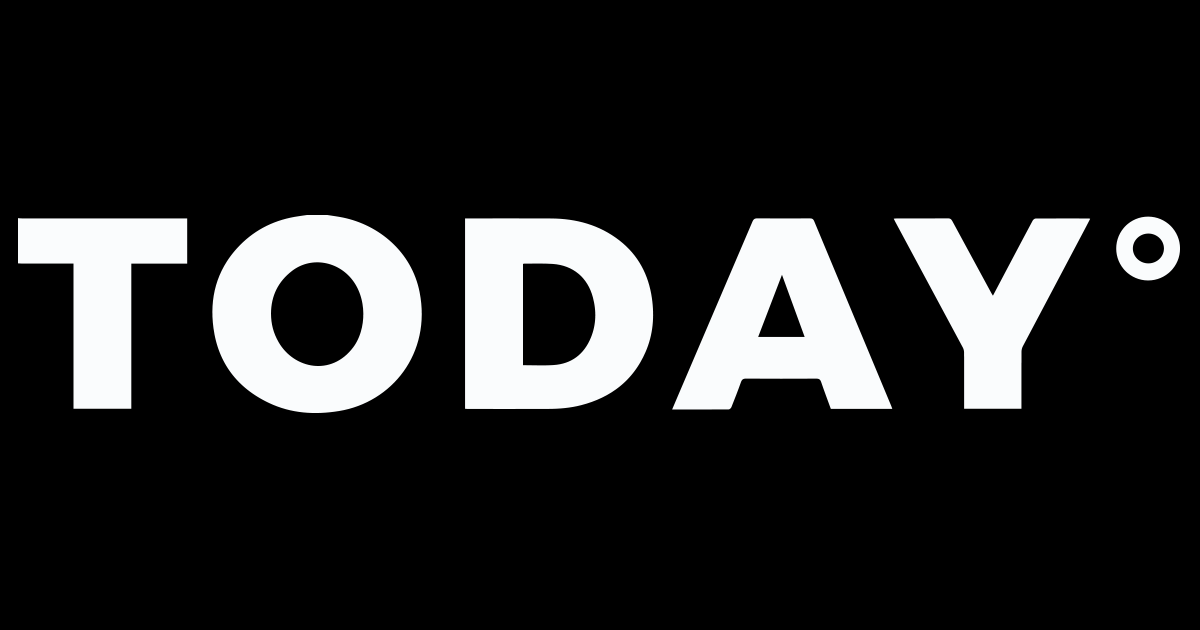Last night, the United States released two key economic data points: ADP employment numbers (small non-farm) and Q2 GDP, both of which significantly exceeded expectations. Particularly, the small non-farm data was surprising, showing that US employment was much better than anticipated, and GDP indicated that the US economy is growing, not heading towards recession as some analysts predicted. Therefore, as expected, the Federal Reserve maintained interest rates unchanged.
VX: TZ7971
However, for investors who have been expecting rate cuts, this is a "good data is bad news" situation, because a strong economy eliminates the need for rate cuts, and cutting rates could risk overheating the economy. With recent economic data outperforming expectations, Powell indeed has solid reasons to maintain current rates, which he emphasized in the press conference, further reducing the likelihood of a September rate cut.

In the press conference, Powell continued to emphasize that tariff impacts have not yet emerged, and many unknowns require time and more data to clarify. The market interpreted his stance as suggesting tariff measures will lead to future inflation, causing US stocks to turn downward and Bitcoin to drop below $117,000, with Ethereum falling below $3,700, signaling a rapid market sentiment reversal. If tonight's PCE and employment data are unfavorable for rate cuts, discussions about no September rate cut may emerge.
Prior to the meeting, there were reports of disagreements among Fed board members, potentially leading to two members voting against maintaining interest rates, breaking the Fed's 30-year "consensus mechanism". While two opposing votes are insufficient to overturn the rate decision, the deeper implication is that Trump's interference with the Federal Reserve is making progress. This could trigger two-sided market reactions: positively, increasing the probability of rate cuts, and negatively, questioning the Fed's independence and increasing market uncertainty.
Within an hour of the announcement, Bitcoin dropped below $116,000, and Ethereum reached a low of $3,680. However, this pullback was brief like a seasonal strong wind - Bitcoin quickly rebounded above $118,600, and Ethereum strongly reclaimed the $3,870 level, demonstrating the resilience of crypto assets.
This elasticity is supported by three factors:
Liquidity Buffer: Despite delayed rate cuts, the Federal Reserve's balance sheet continues to expand, providing support for risk assets. If no recession signs emerge, a 25 basis point rate cut could still be a bull market catalyst.
Selling Pressure Retreat: MtGox and global Bitcoin selling waves have essentially ended. From the $14.5 billion FTX creditor fund distribution, some funds may flow back into the crypto market.
Seasonal Patterns: Historical data shows that while September is Bitcoin's weakest "Septembear", the following October "Uptober" has averaged a 1,449% increase (from 2019 to present).
Bull Market Trajectory: Slowing or Accelerating?
With September rate cut expectations collapsing, has the bull market's fuel been exhausted? The market presents divided judgments:

Short-term Momentum Weakening: If the Federal Reserve remains cautious, the bull market's pace might slow. Leveraged traders are most affected - crypto futures liquidations reached $434 million in the past 24 hours, with 82% being long positions.
Long-term Narrative Unchanged: The market has absorbed the delayed rate cut expectations. The key is whether recession risks materialize. If a soft economic landing occurs, liquidity will eventually flow into risk assets.
A more complex scenario involves a race between policy and economic data: If employment data worsens in the next two months (e.g., unemployment rate exceeding 4.5%), rate cuts might be accelerated. However, if tariffs push CPI above 3%, the Federal Reserve might even restart rate hike discussions. Within Powell's observation window, CPI and employment reports for August and September will be released, with each data point potentially triggering volatility.
(Translation continues in the same manner for the remaining text)






